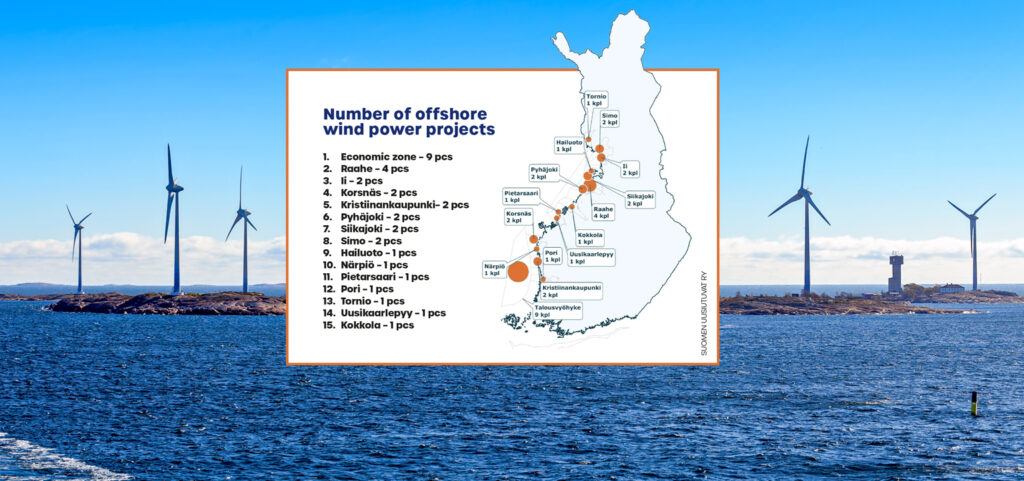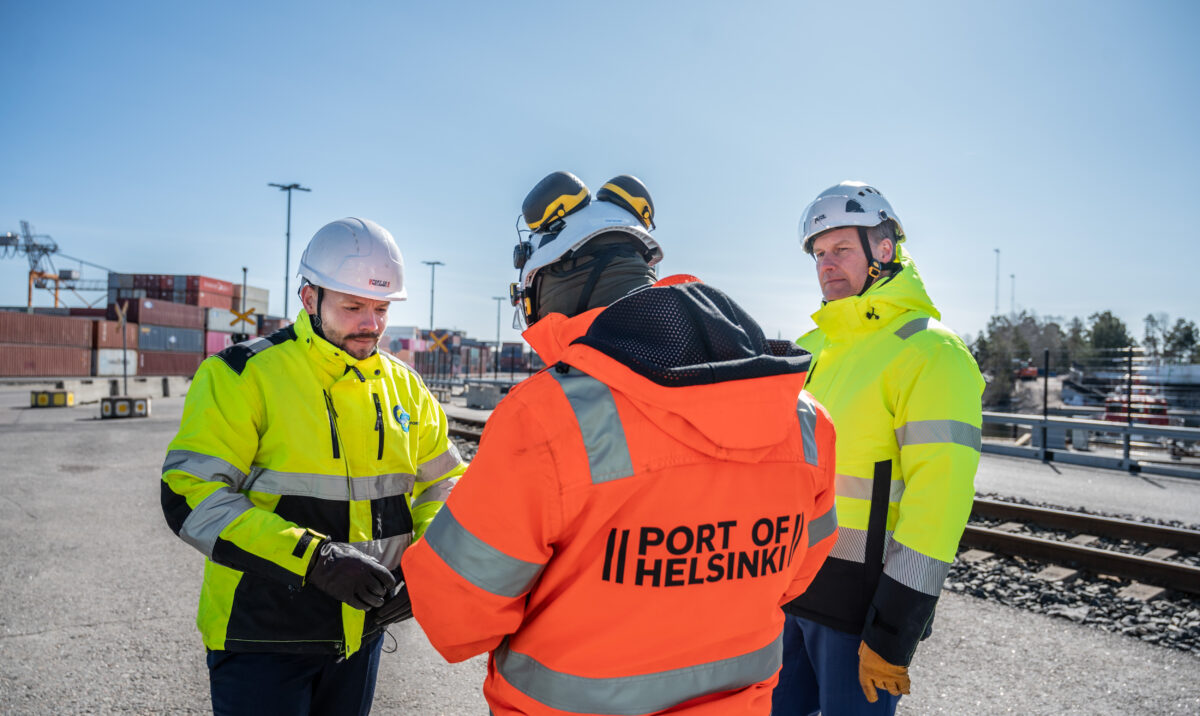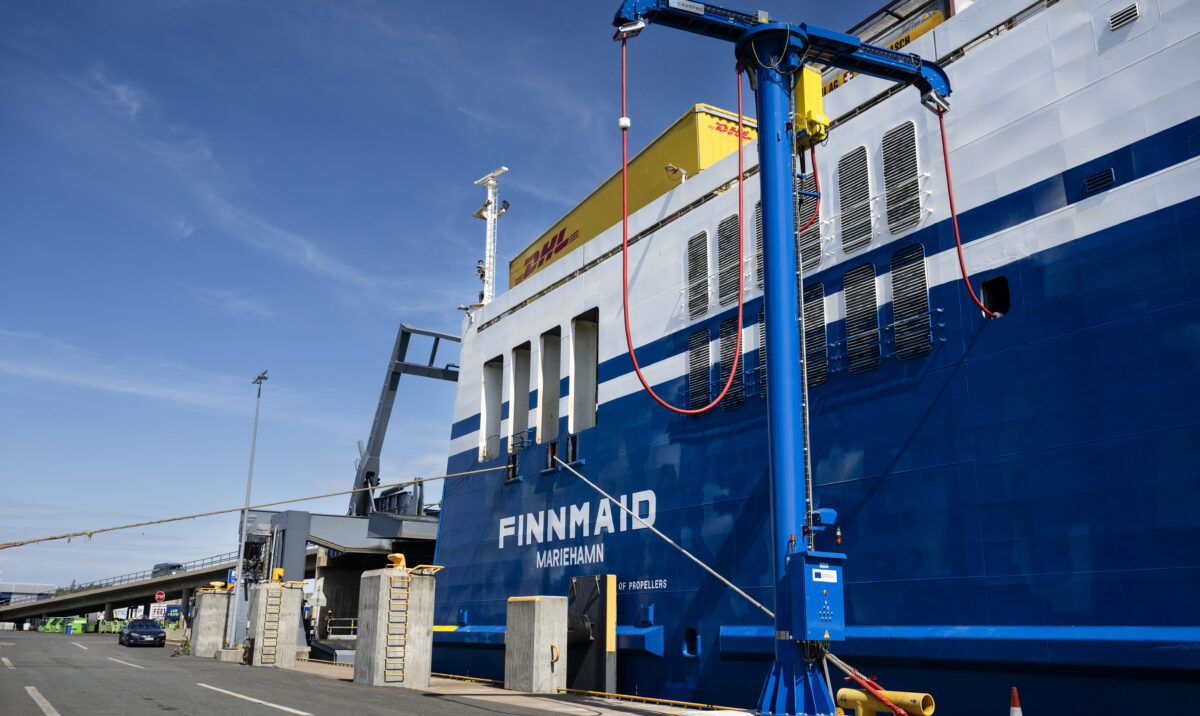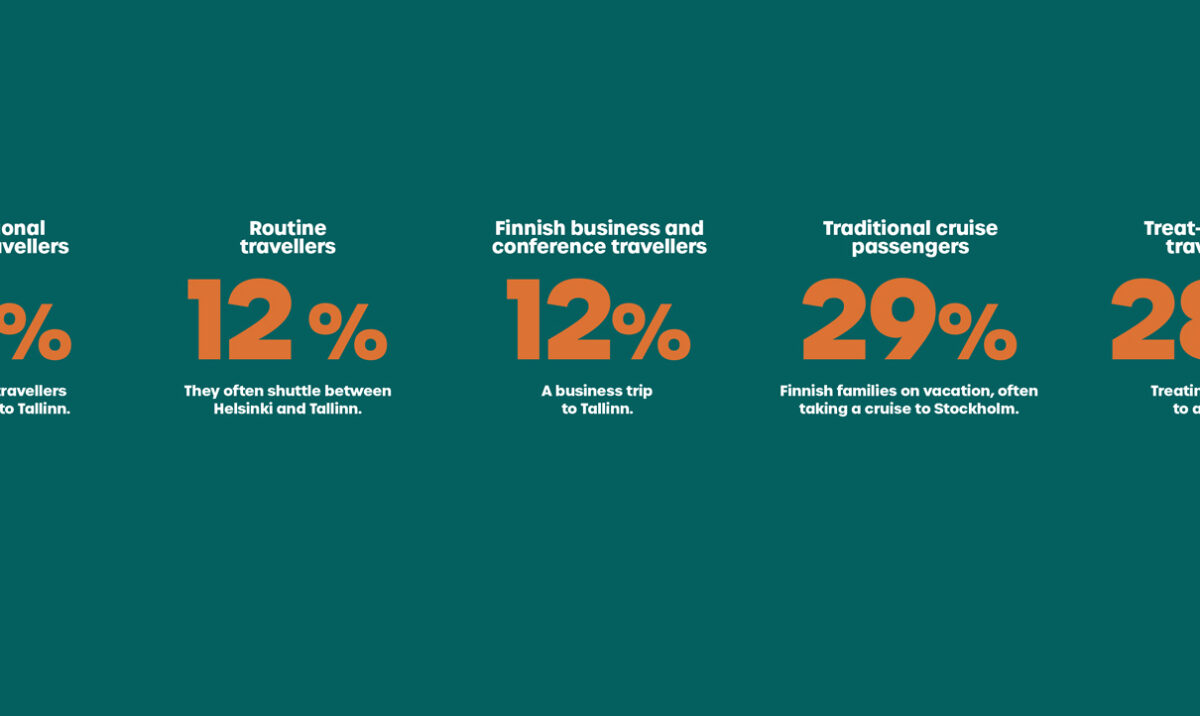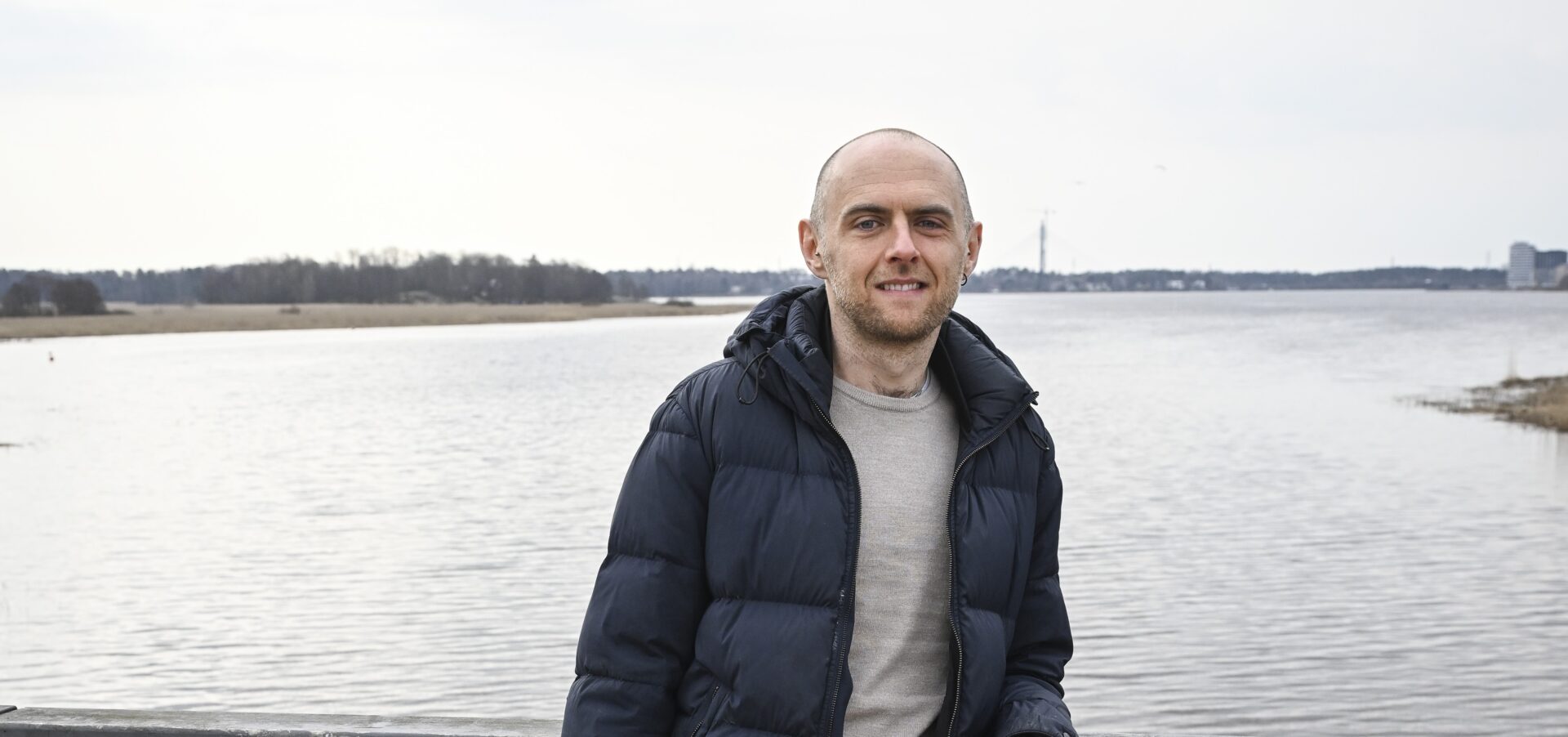
More offshore wind power on the way
Interest in offshore wind power is growing in both Finland and the EU. There is currently one offshore wind farm operating in Finland, off the coast of Tahkoluoto in Pori, but several new projects are now being planned.
The construction of new offshore wind farms is an important part of Finland’s green transition. Larger wind farms can be built at sea than on land, and winds are also stronger and more stable at sea.
Offshore wind power accounts for only a small fraction of the wind power produced in Finland and the EU.
Jamie Jenkins, a recent PhD graduate in environmental economics, defended his thesis on offshore wind power at the University of Helsinki in January. In his doctoral thesis, Jenkins examined the potential of offshore wind power in Finland’s transition to a green economy.
“Offshore wind power accounts for only a small fraction of the wind power produced in Finland and the EU. Yet this is set to change over the coming decades, and wind power will account for an increasing proportion of energy production,” says Jenkins.
The EU’s offshore wind power capacity totalled 19.38 gigawatt hours in 2023. The Union aims to increase its offshore wind power capacity to 60 gigawatts by 2030 and 300 gigawatts by 2050.
Unlike many other European countries, Finland has not set a quantitative target for offshore wind power.
The offshore wind farms being planned in Finland will be located in the Gulf of Bothnia, in the northernmost part of the Baltic Sea. According to Renewables Finland, there are 32 offshore wind power projects in the pipeline.
No offshore wind power projects are being planned south or east of the Åland Islands.
“The Finnish Defence Forces have banned the construction of offshore wind farms in the Gulf of Finland, as wind turbines can interfere with radar technology. The planned offshore wind farms will not therefore affect main shipping routes in the south.”
However, things are different on the west coast: offshore wind farms will affect shipping routes there.
“In Finland, offshore wind farms have been designed to have as little impact as possible on other maritime users. However, offshore wind farms cover large areas, and there are plans for farms covering more than 200 square kilometres. And ships cannot sail into wind farms or go near wind turbines.”
The Port of Helsinki supported the University of Helsinki’s Baltic Sea research with a three-year (2020–2022) donation programme. The University used these funds to hire doctoral student Jamie Jenkins to study the opportunities afforded by offshore wind power in Finland.
Maintaining offshore wind farms
It is still unclear where service vessels would be stored and who will maintain the offshore wind farms. Service vessels take up a lot of space at ports, and maintaining offshore wind farms requires a brand-new kind of technical expertise.
“I know that Finland and Sweden have discussed how they might be able to cooperate on these matters. There’s been talk of having a single shared harbour where service vessels could be stored and where the required expertise to maintain offshore wind farms would be available,” says Jenkins.
A lot of research is currently being conducted into how sea ice affects the operation of wind turbines.
Here in the north, frozen seas pose a particular challenge for offshore wind farms. The offshore wind farm located off the coast of Tahkoluoto in Pori is the first wind farm in the world to be built in a sea that freezes over.
Jenkins says that a lot of research is currently being conducted into how sea ice affects the operation of wind turbines.
“The problem is that ice can damage both the turbines’ foundations and their steel structures. Another challenge is that if something goes wrong during the ice season, it may not be possible to reach and repair the turbines immediately.”
Jenkins stresses that the impact of icy conditions on offshore wind farms needs to be studied further. He also hopes that there will be more open debate about offshore wind power in society in general.
“Offshore wind power can be used to produce clean, renewable energy. Having our own offshore wind power would also mean energy self-sufficiency and improved security of supply for Finland.”
However, Jenkins notes that offshore wind power also has many negative impacts on marine ecosystems. For example, wind turbines damage the seabed, as their installation requires drilling into the seabed.
New legislation for Finland’s economic zone
Jenkins says that the legislation governing offshore wind farms is unclear. An offshore wind power project is a long process involving many different organisations.
“We have some level of understanding with regard to how the process works in Finnish territorial waters, but there has been a lot of uncertainty surrounding economic zones. Those interested in offshore wind projects may not necessarily know where to apply for permits and who issues them.”
Finland’s economic zone refers to the international sea area that Finland has the right to exploit economically. The Finnish Government has now clarified legislation relating to offshore wind power in Finland’s economic zone, and a new act entered into force on 1 January 2025.
“The new legislation has created a model in which the Government decides which offshore wind power areas will be put out to tender. This will enable the Government to coordinate the location of these areas and their impact on, for example, shipping and fishing,” says Outi Vilén, a Senior Advisor at the Ministry of Economic Affairs and Employment.
Vilén says that the new legislation will enable open competition. The Government intends to make a decision on the first areas to be put out to tender at the end of 2025.
The former act on economic zones dates from 2004. It allowed companies themselves to determine the areas for which they applied for exploration permits. The law did not take into account situations in which several companies might be interested in utilising the same area.
Under the new legislation, the decision-making power over the sea areas to be explored lies with the Government, which also reserves the right to charge companies a fee for using sea areas.
